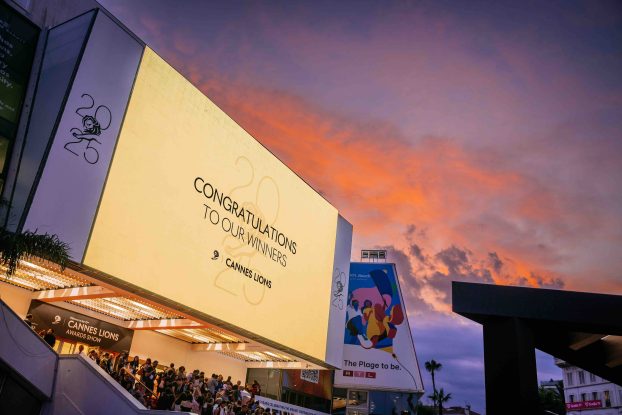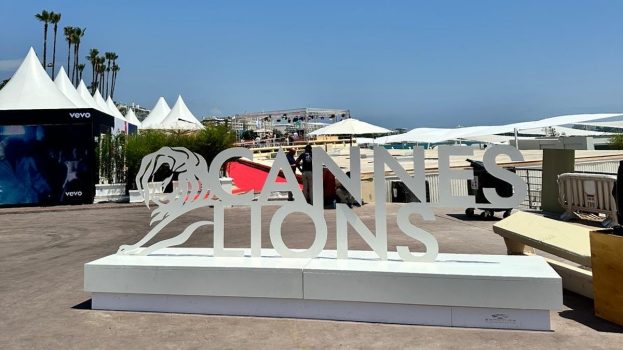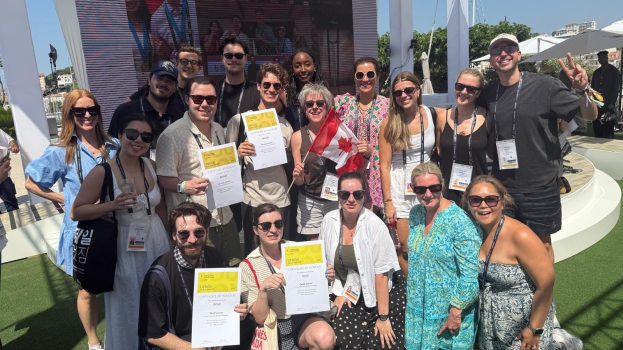The following column examines and critiques commercial design, as well as provides commentary on current issues and trends in the design industry.
In her vitriolic anti-branding broadside, No Logo, Naomi Klein rails against the growing amount of ‘space’ that brands have invaded over recent years. Not just in the built environment, where almost any bare wall bigger than 20 square feet has become colonized (her word) by one brand or another, but more importantly, in our minds, our ‘mental space’.
Whether brands are actually capable of ‘colonizing’ the cerebral cortex is a question better left to neurophysiological research. Klein is just the latest in a short list of media critics who have inherited McLuhan’s glib habit of assuming authority on how the brain works, and use it to add what is nothing more than rhetorical weight to their ideas. But, bad habits notwithstanding, let’s give credit where credit is due: Klein has correctly noticed the propensity brands have for working their way into our lives through whatever channels are open to them. Give ’em an inch, and they’ll almost always take a mile.
I am put in mind of an ad that ran in the last issue of Marketing magazine. It was placed by YTV, and showed a photo of a Gameboy-like toy with a message on its game screen: ‘Until you can buy space here, you can’t beat YTV.’ The copy goes on to say that although the idea isn’t so far-fetched, you shouldn’t hold your breath, and the best way to reach kids in the meantime is to buy time on YTV.
I’m going to take issue with the copywriter of this ad: go ahead, hold your breath. It ain’t as far-fetched as you think. As I write this article, the world’s largest wireless trade show – Wireless 2000 – is in full swing down in New Orleans, and the focus of this conference is what’s called ‘mobile commerce’. Mobile commerce has everyone in the e-commerce and wireless industries hotter than a Latin Quarter hooker in July because it vastly expands the access that online brands will have to their customers.
For those of you who haven’t been following this particular story, mobile commerce is, at its simplest, the ability to access the Internet through your mobile phone. So imagine the possibilities. On the sell side, this represents enormous potential for improved CRM (customer relationship management). With this technology, a supermarket you shop at will be able to identify when you might be running out of something you bought a week ago, and send you a message to remind you when and where you can conveniently replenish your supply. It might even take the opportunity to suggest what would go with it. Then it could relay your order back to the store and have it ready for you when you arrive, or better yet, have it waiting for you at home.
Needless to say, all the major players are rushing to build the platforms and applications (now called WAP, or wireless application protocol) that will enable this new channel. In the U.K., Vodaphone has hired Razorfish to design its wireless Internet portal. Microsoft has a deal with Qualcomm to provide Web-enabling software to the wireless device maker. Wysdom, the Toronto-based WAP firm, is working with Lycos to launch a wireless Internet portal in a few weeks. And the list goes on.
Now imagine you are Sega. Sega already makes a handheld computer game that can capture TV broadcast signals with the addition of a small antenna. Once a WAP platform is available, what’s to prevent Sega or Nintendo from partnering with a wireless provider to create kid-focused CRM applications such as the ‘adult’ one described above?
One of the problems with buying computer games is that kids master them quickly and then chuck them back into the toy chest to gather dust. In our house, there are no computer games in the toy chest. When my daughter wants to play, she rents one from Blockbuster. With WAP, she’ll be able to download them, test them, and then rent whatever she wants. And the manufacturer will be able to send messages about new products, or set up incentive programs that will allow kids to accumulate points against the cost of future downloads. To overcome the lack of a credit card, the manufacturer could sell prepaid cards like the ones we now use for telephony. Again, the list goes on.
So does this represent a colonization of ‘mental space’? Probably not, but it does represent the colonization of palmtop space, and frankly, that space has already been bought. Does it worry me that my daughter’s hand will be ‘owned’ by Sega, or Nintendo? Frankly, no. She is quite independently capable of washing her hands and using them to pick up a book or a paint brush, a decision she makes all the time. Nobody owns her mind but her. I suspect it’s the same for many other children.
Will Novosedlik is a principal of Russell Inc. in Toronto. Russell Inc. builds brands with differentiation and emotional appeal for top-tier companies in both Canada and the u.s. Please direct correspondence by e-mail to will.novosedlik@russellinc.com or by phone at (416) 591-6677.



























